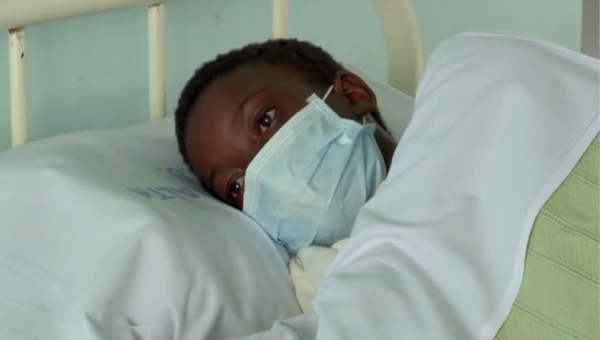
The incidence of TB is quite high among South African miners. About 2,500-3,000 of 100,000 individuals contract the disease each year.
Southern Africa is the only region in the world not on track to reach the Millennium Development Goal of halving Tuberculosis (or TB) mortality by 2015, with about 30% of the cases found in the mining industry, reveals a study published by The World Bank.
Miners in Southern Africa are three times more at risk of contracting TB than any other working population, with an incidence rate of 2,500-3,000 per 100,000 individuals, the experts revealed.
That means the frequency of TB among mineworkers is ten times higher than the level of a health emergency as defined by the World Health Organization (WHO).
In order to tackle the deadly lung infection, responsible for the death of 1.4 million people a year, the governments of Lesotho, Mozambique, South Africa and Swaziland signed this week a framework for the coordinated management of TB in the mining sector. The move aims to help track, refer and treat infected miners in a standardized manner across those countries.
At a regional conference on TB in mining, held this week in Johannesburg, delegates highlighted the issue of migrant workers.
“About 40% of the cases come from outside South Africa, mostly Swaziland, Lesotho and Mozambique,” noted Patrick Osewe, World Bank Human Development Sector Leader.
When they go home, the disease spreads, with huge health and economic implications. The cost of an epidemic in the South Africa mining sector, for instance, would be over US$886 million a year, the report shows.
Implementing measures to tackle TB in mines, in contrast, would lead to financial benefits of $783 million a year.
Image: Screenshot from PBS documentary “TB Silent Killer.”